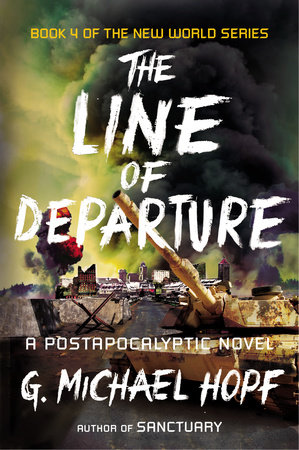The sea is rising driven by melting ice and the expansion of warmer water, a consequence of climate change. Already on islands like Tuvalu in the Pacific Ocean, the trees are poisoned by salt, and children’s football games have to be abandoned as high tide approaches and the water bubbles out of the ground.
Scientists predict that global sea levels will rise a metre or so by the end of the century. If they are correct, the resulting flooding and extreme climatic events will affect us all. Many of the world’s great cities, situated on coasts and river estuaries, will be threatened, even those we think of as well-protected. In London, the Thames Barrier was built in response to a catastrophic flooding episode in 1953. But the predicted sea level rise invalidates some of the assumptions on which the barrier’s design was based – and after a half-century of development some one and a quarter million people now live on the capital’s flood plain.
There is a fundamental horror in the disappearance of the very land beneath your feet. It’s a theme that has been worked out in many fictional dramas of judgement and cleansing. The fear of London floods to come features in Maggie Gee’s The Flood (2004), Ben Elton’s Blind Faith (2007) and Will Self’s The Book of Dave (2006). This tradition reaches back to Richard Jefferies’ astonishing After London, or, Wild England (1885): “It became green everywhere in the first spring, after London ended.”
But the world has suffered much more dramatic sea level shifts in the past. At the height of the Ice Ages sea levels were as much as 120 metres lower than today, but in the planet’s “hothouse” phases, such as before 34 million years ago, there was no ice at all and the seas were 70 metres higher (New Scientist, 21 June, p 34). After the last Ice Age the sea rose an amazing four metres per century. Perhaps this is why a global Flood is an ur-myth of our culture: there were many Noahs, from the Sumerian Ziosudra to the Akkadian Utnapishtin of the Gilgamesh saga.
The reality of flooding in the present day and the awareness of the huge events of the past inspired me to write a disaster story featuring a modern global flood. What would happen to us if the fluctuations of the past returned? There is evidence that the ice caps on Greenland and Antarctica are already becoming destabilised: what if all the ice were to melt today? A consideration of the implications for humanity of extreme sea level rise becomes an exercise in hypsographic demography, in other words the distribution of human population by altitude. One third of the world’s population lives at elevations below a hundred metres. If all the ice melted, billions would be driven inland, with thirst, famine, disease and brushfire wars dogging their tracks. The loss of the cities and lowland technical facilities might cause our technological civilisation to fall apart. Meanwhile the weight of the new masses of water over the land would perturb the planet’s geology, while the vast injection of warm water into the oceans would destabilise ocean currents and add heat energy to the seas. There would be climate catastrophes, earthquakes and tsunamis, and hurricanes spinning off the warming oceans to pound the miserable refugees.
And what if the floods got even worse than that? The mean height of the continents above sea level is eight hundred metres. Only a sixth of the world’s population lives above this altitude. If a global flood approached anything like this height little would survive of our modern civilisation, which would end in war over the remaining useable high ground in the Andes and Tibet.
After the ice has melted, where could the extra water come from? The solar system contains many water worlds, the moons of the gas giants, with any rocky surface buried hundreds of kilometres deep beneath water and ice. Some scientists believe Earth itself may contain a great deal more water than is present in the modern oceans and ice caps. A major lode of water, trapped during the planet’s formation, created the first oceans through outgassing, only for those early seas to be lost to impact events. However some of Earth’s primal water may have been retained as molecules trapped in the mineral structure of the deep mantle rocks – perhaps as much as five times the volume of the surface waters. If it were ever released, though devastating for us even a global inundation would be a trivial event on a planetary scale. To cover the highest mountain would require an ocean three times the volume of the existing seas – but this would amount to less than one per cent of Earth’s total volume.
Though a sea level rise of up to 70 metres, driven by the melting of polar ice, is clearly quite possible, I don’t know of any physical mechanism by which the inner waters could be released. To that extent (happily) my flood is a science-fictional construct; a thought experiment. Myths and stories are a way for us to internalise truths, more direct than factual arguments. My Earth become a greater Tuvalu is a metaphor for climate change itself, for the relentlessness of the changes we face in the future. And my flood, a reworking of primal myth, is mean to make us feel how dependent we are on the whims of a giant and restless planet.














